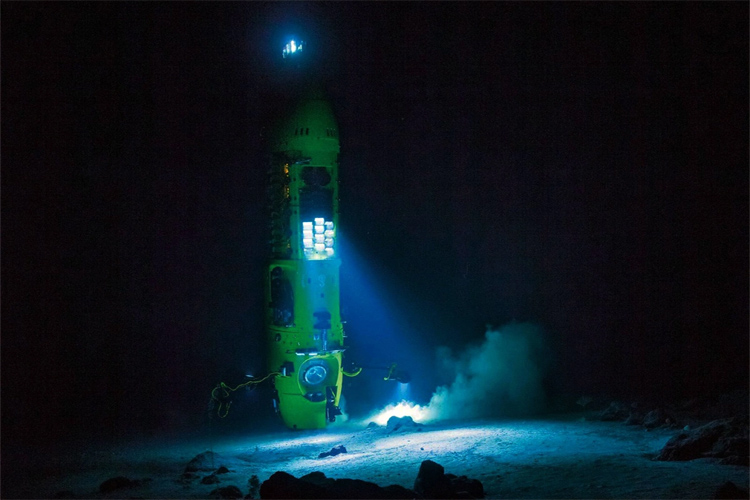The Challenger Deep is the deepest known place on Earth, with a depth of between 35,755 and 35,853 feet (10,898 to 10,928 meters).
It is located at the southern end of the Mariana Trench in the Pacific Ocean, near the Mariana Islands.
The Challenger Deep occupies a vast underwater area. Its bottom is about seven miles long (11 kilometers) and one mile wide (1.6 kilometers).
The water temperatures at the lowest known point on the planet range from 34-39 ºF (1-4 ºC).
The precise coordinates are 11.373333, 142.591667.
The pressure at the lowest known point on the planet is between 15,000 and 16,000 pounds per square inch (PSI), i.e., a thousand times stronger than at a surface or the equivalent of being crushed by the weight of 50 Jumbo jets.
Nevertheless, researchers and oceanographers believe that the Challenger Deep is not the deepest point of the world's oceans.
History in the Making
The Challenger Deep was named after the HMS Challenger, the vessel of the British Royal Navy that led The Challenger expedition (1872-1876), the world's first global marine research journey.
On March 23, 1875, the scientists recorded a sounding of 4,475 fathoms (26,850 feet or 8,184 meters) in the region.
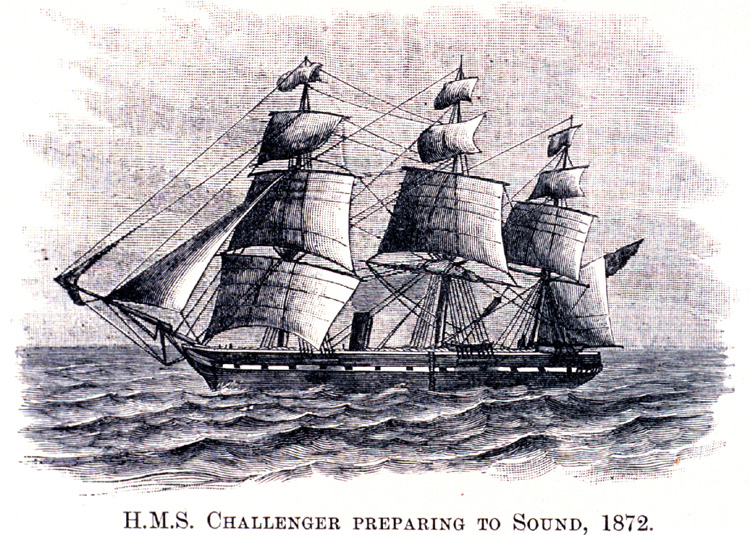
Over the years, the measurement was fine-tuned and later consolidated, but the HMS Challenger expedition marked the birth of modern oceanography.
It also provided the first map of the ocean floor, showing how it gently slopes away from the land and then plummets thousands of feet into vast, flat plains.
The Western Pacific, however, is different. It drops off again into the five-mile deep hole - the Mariana Trench, a natural trench that runs twice the length of California and is 30 times deeper than the Empire State Building is high.
On January 23, 1960, Trieste, an Italian research bathyscaphe, became the first manned watercraft to reach the bottom of the Challenger Deep.
The deep-diving submersible was piloted by Swiss oceanographer Jacques Piccard and US Navy Lieutenant Don Walsh.
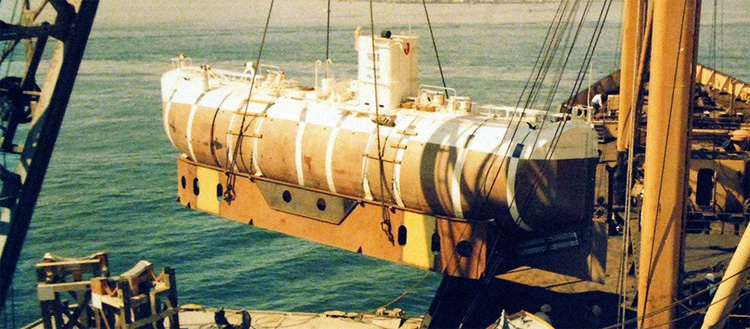
"Guam, in those days, was a backwater and just right for us. We were trying to do the project sort of out of sight because we weren't too sure it was going to work," Walsh once said.
"The Navy just didn't want to be embarrassed by a failed science spectacular."
While the duo was making the descent, one of the submarine's outer windows cracked.
"We heard a big bang, but we didn't know what it was. We looked around, checked everything. If the inner window had cracked, we would've been instantly dead," added Don Walsh.
Walsh and Piccard decided to proceed with the dive. They spent five hours descending and reached a depth of 35,797 feet (10,911 meters).
They found flatfish at the bottom, took a self-portrait, and initiated a return to the surface. The underwater explorers only spent 20 minutes at the bottom of the world.
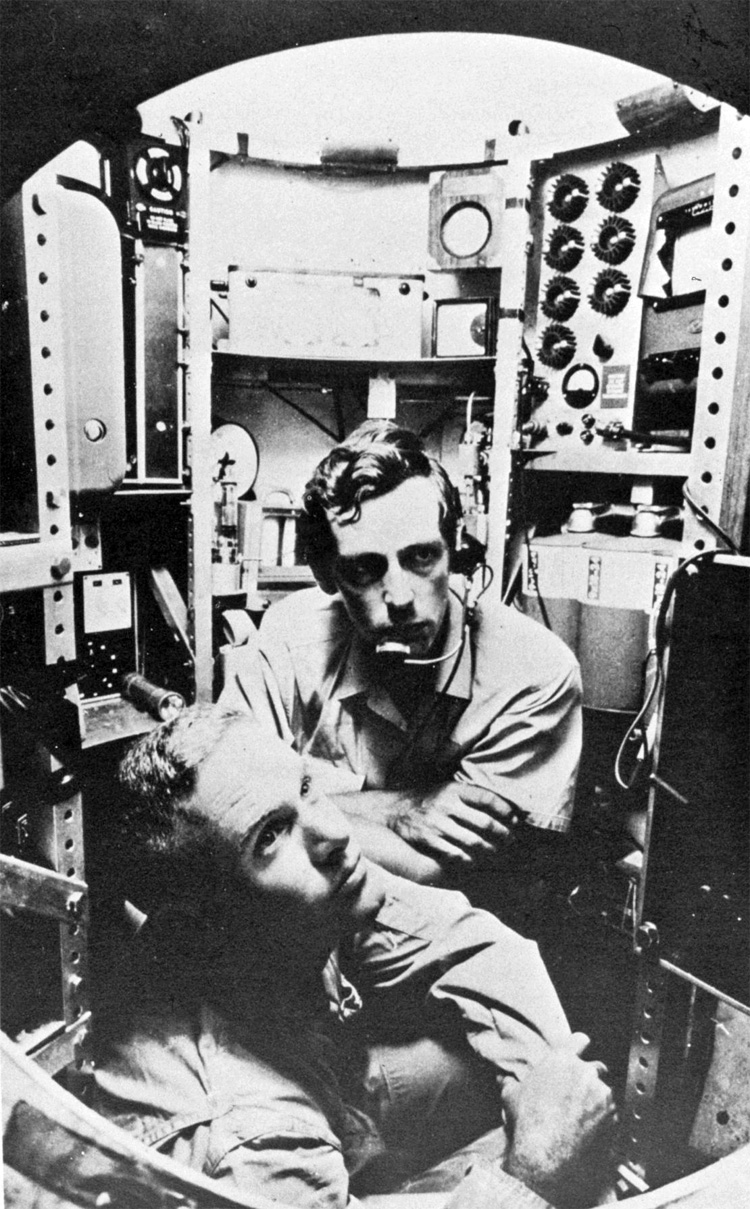
Deep Into The Abyss
In 2012, James Cameron, the producer of "The Abyss" and "Titanic," went almost all the way down to the bottom of the Challenger Deep.
Inside a small submarine, he descended to 35,754 feet (10,897.8 meters) below the ocean surface. Cameron described the place as "incredibly lonely" and "almost sterile."
Cameron took core samples of the ocean's seabed and decided to come back after a couple of system failures.
"When I got out, the first person that I see is Don Walsh. He understood that we were there not only to do our own thing but also to celebrate what he had done," James Cameron later revealed.
In April 2019, American undersea explorer Victor Vescovo set a new record for the deepest descent ever at the Challenger Deep - 35,853 feet (10,928 meters).
On the bottom of the ocean, he found candy wrappers and plastic bags.
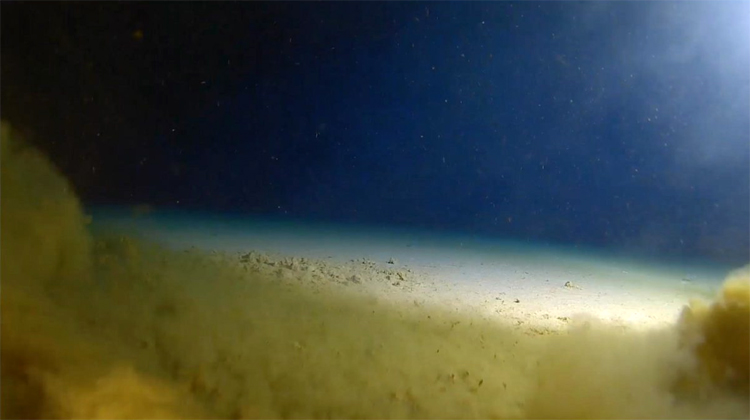
Challenger Deep | The Descents
Manned
1960: Trieste (Jacques Piccard, Don Walsh), 35,814 feet
2012: Deepsea Challenger (James Cameron), 35,787 feet
2019: DSV Limiting Factor (Victor Vesovo), 35,853 feet
Unmanned
1996: Kaikō, 35,784 feet
2008: ABISMO, 33,655 feet
2009: Nereus, 35,768 feet
2018: Haidou-1, 35,325 feet
